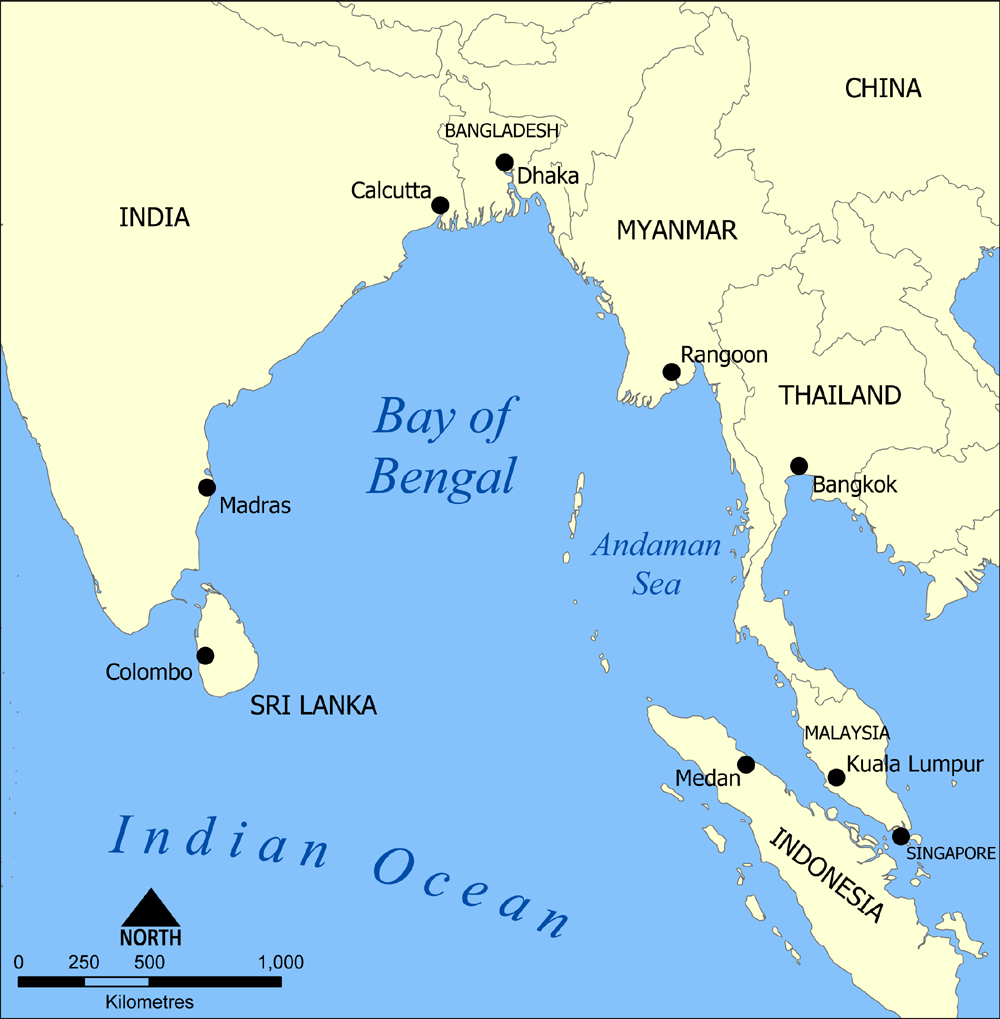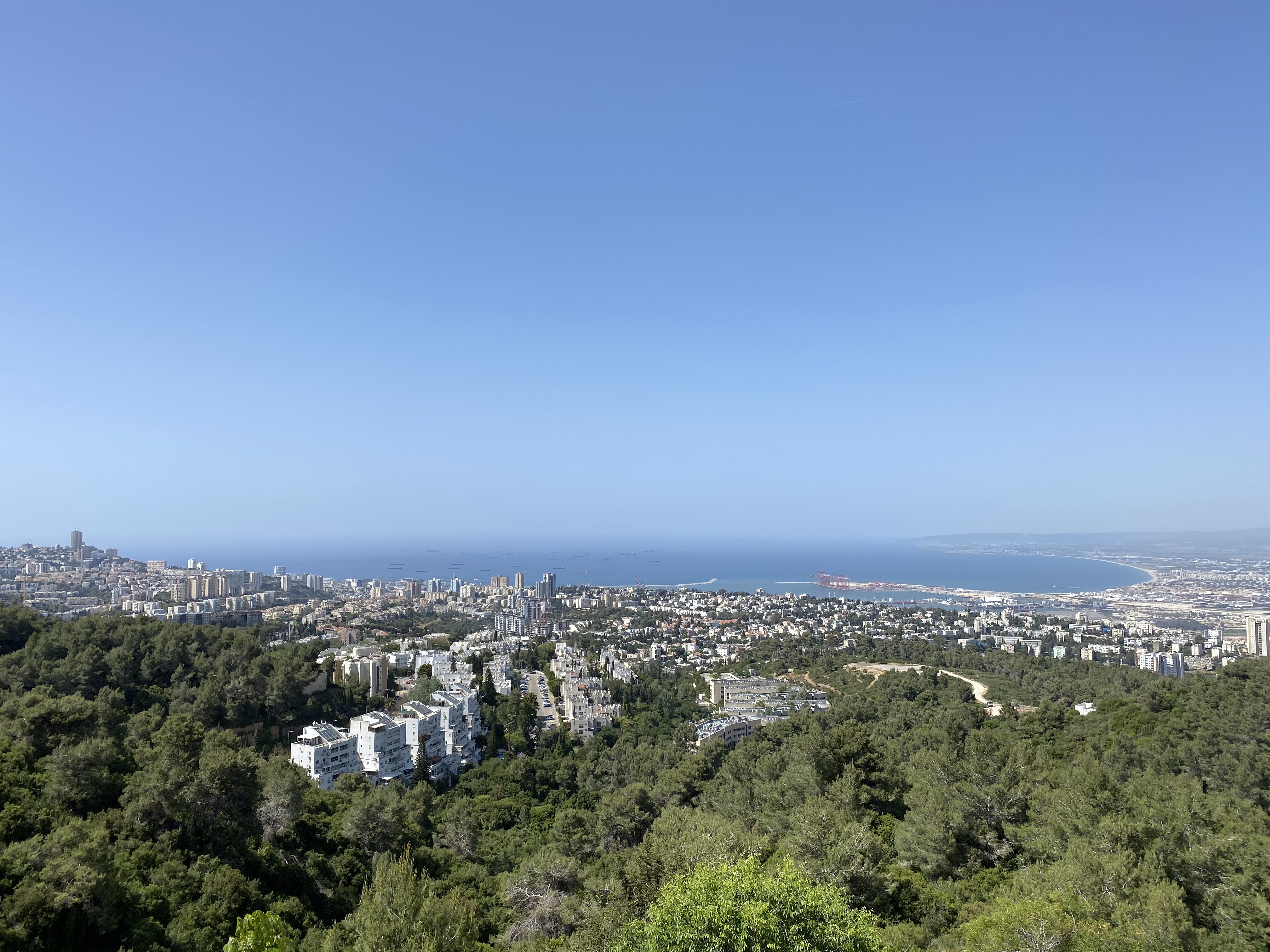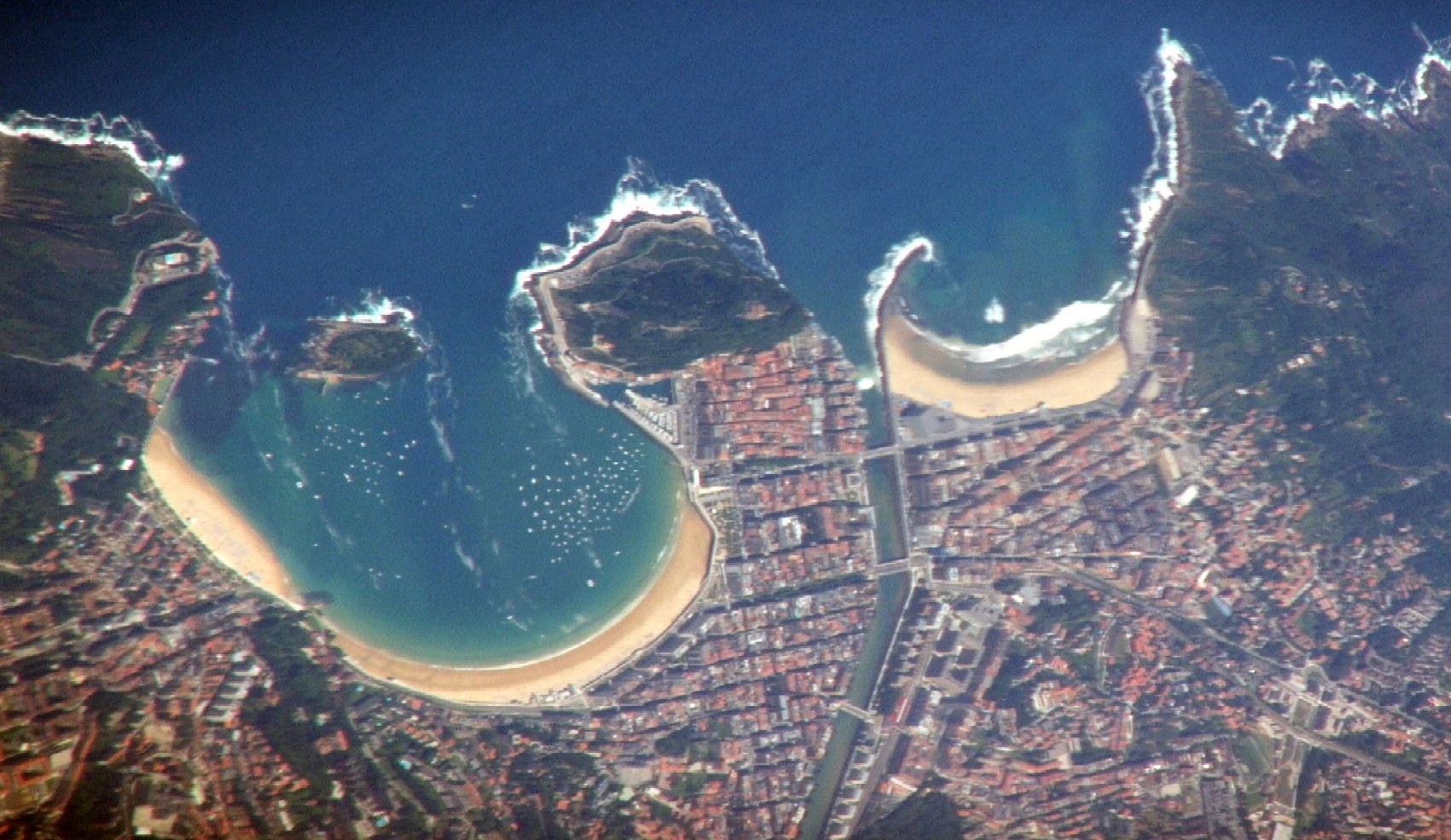|
Blattla
Blattla is a Bavarian card game for four players, who usually form two teams of two for each deal. It is a simplified version of Schafkopf and Bierkopf and is thus a point-trick game. Unlike those two games, in Blattla the Ober (playing card), Obers and Unter (playing card), Unters are not permanent trump (card game), trumps. In order to learn the rules of Schafkopf, it can be an advantage to first become familiar with Blattla. The game is traditionally played with Bavarian pattern cards. Cards Blattla is a four-handed game played, in Bavaria, using a Bavarian pattern pack, a variant of the German playing cards, German suited deck, and, in Franconia, with the related Franconian pattern pack. It is played with 32 cards with 8 cards being dealt to each player. Suits German packs have four Suit (cards), suits: Eichel (card suit), Eichel (Acorns = Clubs), Gras (card suit), Gras (Leaves = Spades), Herz (card suit), Herz (Hearts) and Schellen (card suit), Schellen (Bells = Diamonds) ... [...More Info...] [...Related Items...] OR: [Wikipedia] [Google] [Baidu] |
Bierkopf
Bierkopf ("Beer-head") is a trick-taking, Ace-Ten, card game for 4 players, played in fixed partnerships. It is a simple version of the Bavarian national game of Schafkopf that is played especially in Franconia (northern Bavaria) and usually for litre-glasses of beer. The game is popular enough for regular tournaments to be held. Overview The rules of Bierkopf are similar to those of its more widely known cousin, Schafkopf, but simpler. Bierkopf is always played by four players organised into two permanent teams of two; the partners sit opposite one another. The positions taken by the players before the start are decided with the aid of the cards used for the game. The game is mainly played in the Franconian part of Bavaria and is sufficiently well known for tournaments to be held and for it to be played at games nights in sports clubs.e.g. se''20 Dez TiDaBi 2013''at www.tsv-windheim.de, an''Hahnenkampf im Geflügelzuchtverein in Erlangen''at www.nordbayern.de. Retrieved 7 Oct ... [...More Info...] [...Related Items...] OR: [Wikipedia] [Google] [Baidu] |
Schafkopf
Schafkopf (), also called Bavarian Schafkopf, is a popular German Trick-taking game, trick-taking card game of the Ace-Ten family for four players that evolved, towards the end of the 19th century, from German Schafkopf. It is still very popular in Bavaria, where it is their national card game played by around two million people, but it also played elsewhere in Germany and in Austria. It is an official cultural asset and important part of the Altbayern, Old Bavarian and Franconian way of life. Schafkopf is a mentally demanding pastime that is considered "the supreme discipline of Bavarian card games"''Bayerische Kartenspiele: Vom Aussterben bedroht: Retten Sie das Karteln!'' at w ... [...More Info...] [...Related Items...] OR: [Wikipedia] [Google] [Baidu] |
Point-trick
A trick-taking game is a card or tile-based game in which play of a ''hand'' centers on a series of finite rounds or units of play, called ''tricks'', which are each evaluated to determine a winner or ''taker'' of that trick. The object of such games then may be closely tied to the number of tricks taken, as in plain-trick games such as contract bridge, whist, and spades, or to the value of the cards contained in taken tricks, as in point-trick games such as pinochle, the tarot family, briscola, and most evasion games like hearts. Trick-and-draw games are trick-taking games in which the players can fill up their hands after each trick. In most variants, players are free to play any card into a trick in the first phase of the game, but must ''follow suit'' as soon as the stock is depleted. Trick-avoidance games like reversis or polignac are those in which the aim is to avoid taking some or all tricks. The domino game Texas 42 is an example of a trick-taking game that is not a ca ... [...More Info...] [...Related Items...] OR: [Wikipedia] [Google] [Baidu] |
Acorns (suit)
Acorns (German: ''Eichel'', or more unusually ''Hackl'' or ''Ecker'') is a suit in a deck of German playing cards or Swiss playing cards. This suit was invented in 15th-century German-speaking lands and is a survivor from a large pool of experimental suit signs created to replace the Latin suits. Around 1480, French card makers adapted this sign into clubs in a French deck (known as clovers in France). In English, cards are referred to as in a French deck (e.g. the "10 of Acorns"), but in German as ''Eichel-Zehn''. Acorns are the highest suit in the games of Skat, Schafkopf and Doppelkopf, but the lowest in Préférence. In Watten, the 7 of Acorns (the ''Spitz'' or ''Soach'') is the third highest trump card. The gallery below shows a suit of Acorns from a German-suited deck of 32 cards. The pack is of the Saxonian pattern: File:Saxonian Deck - Acorns - 07.jpg , 7 File:Saxonian Deck - Acorns - 08.jpg , 8 File:Saxonian Deck - Acorns - 09.jpg , 9 File:Saxonian Deck - Acorns ... [...More Info...] [...Related Items...] OR: [Wikipedia] [Google] [Baidu] |
Bay Gras
A bay is a recessed, coastal body of water that directly connects to a larger main body of water, such as an ocean, a lake, or another bay. A large bay is usually called a gulf, sea, sound, or bight. A cove is a small, circular bay with a narrow entrance. A fjord is an elongated bay formed by glacial action. A bay can be the estuary of a river, such as the Chesapeake Bay, an estuary of the Susquehanna River. Bays may also be nested within each other; for example, James Bay is an arm of Hudson Bay in northeastern Canada. Some large bays, such as the Bay of Bengal and Hudson Bay, have varied marine geology. The land surrounding a bay often reduces the strength of winds and blocks waves. Bays may have as wide a variety of shoreline characteristics as other shorelines. In some cases, bays have beaches, which "are usually characterized by a steep upper foreshore with a broad, flat fronting terrace".Maurice Schwartz, ''Encyclopedia of Coastal Science'' (2006), p. 129. Bays were sig ... [...More Info...] [...Related Items...] OR: [Wikipedia] [Google] [Baidu] |
Bay Eichel
A bay is a recessed, coastal body of water that directly connects to a larger main body of water, such as an ocean, a lake, or another bay. A large bay is usually called a gulf, sea, sound, or bight. A cove is a small, circular bay with a narrow entrance. A fjord is an elongated bay formed by glacial action. A bay can be the estuary of a river, such as the Chesapeake Bay, an estuary of the Susquehanna River. Bays may also be nested within each other; for example, James Bay is an arm of Hudson Bay in northeastern Canada. Some large bays, such as the Bay of Bengal and Hudson Bay, have varied marine geology. The land surrounding a bay often reduces the strength of winds and blocks waves. Bays may have as wide a variety of shoreline characteristics as other shorelines. In some cases, bays have beaches, which "are usually characterized by a steep upper foreshore with a broad, flat fronting terrace".Maurice Schwartz, ''Encyclopedia of Coastal Science'' (2006), p. 129. Bays were sig ... [...More Info...] [...Related Items...] OR: [Wikipedia] [Google] [Baidu] |
Bay Herz
A bay is a recessed, coastal body of water that directly connects to a larger main body of water, such as an ocean, a lake, or another bay. A large bay is usually called a gulf, sea, sound, or bight. A cove is a small, circular bay with a narrow entrance. A fjord is an elongated bay formed by glacial action. A bay can be the estuary of a river, such as the Chesapeake Bay, an estuary of the Susquehanna River. Bays may also be nested within each other; for example, James Bay is an arm of Hudson Bay in northeastern Canada. Some large bays, such as the Bay of Bengal and Hudson Bay, have varied marine geology. The land surrounding a bay often reduces the strength of winds and blocks waves. Bays may have as wide a variety of shoreline characteristics as other shorelines. In some cases, bays have beaches, which "are usually characterized by a steep upper foreshore with a broad, flat fronting terrace".Maurice Schwartz, ''Encyclopedia of Coastal Science'' (2006), p. 129. Bays were sig ... [...More Info...] [...Related Items...] OR: [Wikipedia] [Google] [Baidu] |
King (playing Card)
The king is a playing card with a picture of a king displayed on it. The king is usually the highest-ranking face card. In the French version of playing cards and tarot decks, the king immediately outranks the queen. In Italian and Spanish playing cards, the king immediately outranks the knight. In German and Swiss playing cards, the king immediately outranks the '' Ober''. In some games, the king is the highest-ranked card; in others, the ace is higher. Aces began outranking kings around 1500 with Trappola being the earliest known game in which the aces were highest in all four suits. In the Ace-Ten family of games such as pinochle and schnapsen, both the ace and the 10 rank higher than the king. History The king card is the oldest and most universal court card. It most likely originated in Persian Ganjifeh where kings are depicted as seated on thrones and outranking the viceroy cards which are mounted on horses. Playing cards were transmitted to Italy and Spain via the Ma ... [...More Info...] [...Related Items...] OR: [Wikipedia] [Google] [Baidu] |
Sow (playing Card)
The Deuce (german: Daus, plural: ''Däuser'') is the playing card with the highest value in German card games. It may have derived its name from dice games in which the face of the die with two pips is also called a ''Daus'' in German.''Games played with German suited cards'' at www.pagat.com. Retrieved 26 May 2018. Unlike the , with which it may be confused, the ''Deuce'' represents the 2, which is why two hearts, bells, etc. are depicted on the card. In many regions it is not only equated to the Ace, but is also, incorrectly, called an Ace. In the south German area it has been historically called the Sow (''Sau'') and still is today, because of the appearance of a |
Bay Schellen
A bay is a recessed, coastal body of water that directly connects to a larger main body of water, such as an ocean, a lake, or another bay. A large bay is usually called a gulf, sea, sound, or bight. A cove is a small, circular bay with a narrow entrance. A fjord is an elongated bay formed by glacial action. A bay can be the estuary of a river, such as the Chesapeake Bay, an estuary of the Susquehanna River. Bays may also be nested within each other; for example, James Bay is an arm of Hudson Bay in northeastern Canada. Some large bays, such as the Bay of Bengal and Hudson Bay, have varied marine geology. The land surrounding a bay often reduces the strength of winds and blocks waves. Bays may have as wide a variety of shoreline characteristics as other shorelines. In some cases, bays have beaches, which "are usually characterized by a steep upper foreshore with a broad, flat fronting terrace".Maurice Schwartz, ''Encyclopedia of Coastal Science'' (2006), p. 129. Bays were sig ... [...More Info...] [...Related Items...] OR: [Wikipedia] [Google] [Baidu] |
Bay Herz
A bay is a recessed, coastal body of water that directly connects to a larger main body of water, such as an ocean, a lake, or another bay. A large bay is usually called a gulf, sea, sound, or bight. A cove is a small, circular bay with a narrow entrance. A fjord is an elongated bay formed by glacial action. A bay can be the estuary of a river, such as the Chesapeake Bay, an estuary of the Susquehanna River. Bays may also be nested within each other; for example, James Bay is an arm of Hudson Bay in northeastern Canada. Some large bays, such as the Bay of Bengal and Hudson Bay, have varied marine geology. The land surrounding a bay often reduces the strength of winds and blocks waves. Bays may have as wide a variety of shoreline characteristics as other shorelines. In some cases, bays have beaches, which "are usually characterized by a steep upper foreshore with a broad, flat fronting terrace".Maurice Schwartz, ''Encyclopedia of Coastal Science'' (2006), p. 129. Bays were sig ... [...More Info...] [...Related Items...] OR: [Wikipedia] [Google] [Baidu] |
Bay Gras
A bay is a recessed, coastal body of water that directly connects to a larger main body of water, such as an ocean, a lake, or another bay. A large bay is usually called a gulf, sea, sound, or bight. A cove is a small, circular bay with a narrow entrance. A fjord is an elongated bay formed by glacial action. A bay can be the estuary of a river, such as the Chesapeake Bay, an estuary of the Susquehanna River. Bays may also be nested within each other; for example, James Bay is an arm of Hudson Bay in northeastern Canada. Some large bays, such as the Bay of Bengal and Hudson Bay, have varied marine geology. The land surrounding a bay often reduces the strength of winds and blocks waves. Bays may have as wide a variety of shoreline characteristics as other shorelines. In some cases, bays have beaches, which "are usually characterized by a steep upper foreshore with a broad, flat fronting terrace".Maurice Schwartz, ''Encyclopedia of Coastal Science'' (2006), p. 129. Bays were sig ... [...More Info...] [...Related Items...] OR: [Wikipedia] [Google] [Baidu] |










